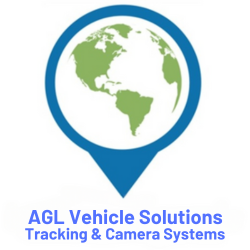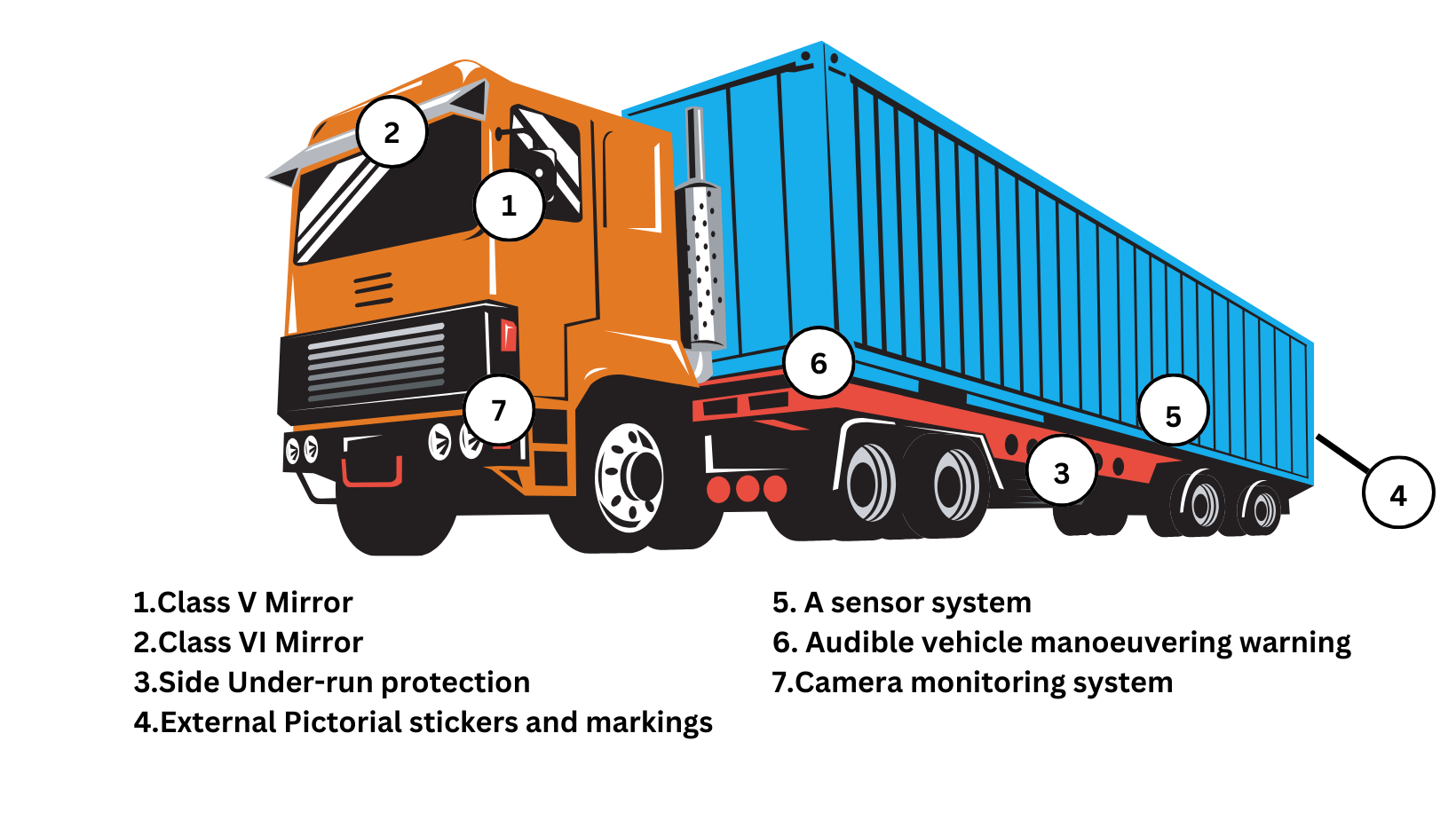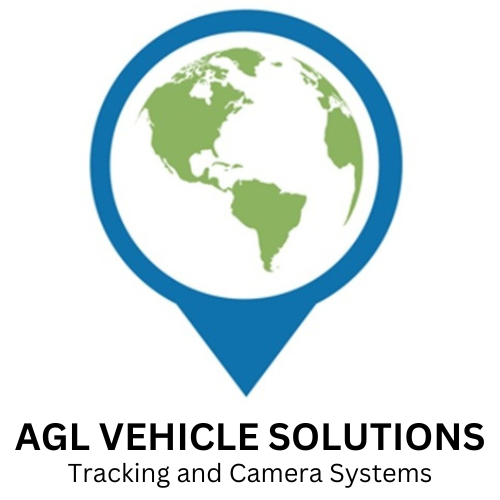Direct Vision Standard Equipment (DVS)
How AGL can help?
AGL Vehicle Solutions has a range of products to help operators meet the requirements of various specifications including the safe system for the Direct Vision Standard (DVS). Interpreting various specifications and understanding the terminology can be a minefield for operators. For example, references to ‘shall’, ‘should’ and ‘may’ in the Direct Vision Standard depict whether a requirement is mandatory, recommended or permitted and transport managers can be left confused.
AGL has provided advice to many OEM and OES suppliers and continues to work with the aftermarket to make sure that vehicles are compliant. AGL also ensures products are fitted to maximise their safety potential.
For a free no obligation consultation on the Direct Vision Standard, please contact us aglsales@agl-ltd.co.uk
DVS ‘Progressive Safe System’ 2024 Kit
What is the Direct Vision Standard (DVS)?
The Direct Vision Standard is changing our attitude towards how we regard public safety on our roads in urban areas. Further, it is a guiding light on how helpful camera technologies can be put to use in multiple ways to protect against incidents, secure vehicles and their loads and optimise fleet management. Advanced operators have been implementing many of these techniques to help improve operations and cut costs but now Transport for London (TfL) is
looking to enforce practices within the M25. An HGV Safety Permit will be required for HGVs of 12 tonnes gross vehicle weight (GVW) and over from end February 2021 or risk a £550 fine per incident.
AGL direct vision standard equipment?
Camera monitoring to eliminate blind spots
Camera monitoring systems are required to eliminate or minimise the remaining vehicle blind spot at the nearside – as far as is practical and possible. In-cab monitors are to be installed in vehicles positioned close to a window edge or existing mirror location, without obscuring the view through the window. This helps minimise the time the driver needs to take their eyes away from other important views to scan the monitor. Monitors only intended to show blind spots related to low speed manoeuvring (i.e. not mirror replacement cameras) may switch off at speeds above 20mph.
Side Sensor System
Side sensors on rigid vehicles and articulated tractor units covering six metres down the nearside or one metre from the rear of the vehicle (or tractor unit), whichever is smaller. Sensor systems
operate regardless of whether the direction indicators are activated and may switch off at speeds above 20mph.
Warning of intended manoeuvre
To reduce the risk of close-proximity collisions by alerting people walking and cycling to vehicle hazards. Left Turn alarm activated only at low speed and supplied with a manual on/off switch for use between the hours of 23:30 and 07:00. Reversing Alarm supplied with a Kill Switch which will disable it until the next time the ignition is turned on.
Warning Signage
We have a number of suppliers who can provide appropriate signage that conforms to the TFL guidelines.
Where in London is the Direct Vision Standard (DVS) enforceable?
The Direct Vision Standard enforcement zone covers all of Greater London.
Our Direct Vision Standard (DVS) map below outlines the area of London where the regulation is in force and where permits are compulsory.

How to find out what my DVS Star Rating is?
Vehicle operators need to contact their vehicle manufacturer to find out what their DVS star rating is. There is currently no published list available. Operators will need the VIN number of the HGV to hand.
DAF ukwvta@daftrucks.com
Dennis Eagle www.dennis-eagle.co.uk/USV
MAN salesengineering@man.eu
Renault DVS@renault-trucks.com
Scania product.engineeringuk@scania.com
Volvo Dvs@volvo.com
Mercedes-Benz mbtrucks.product@daimler.com
Iveco productengineering@iveco.com
If the vehicle has 0 stars the operator will need to meet the requirements of the DVS Safe System to be eligible for a permit. From October 2024, all vehicles rated 0, 1 and 2 stars will need to comply with the DVS Progressive Safe System, which requires vehicles to be fitted with certain devices.



